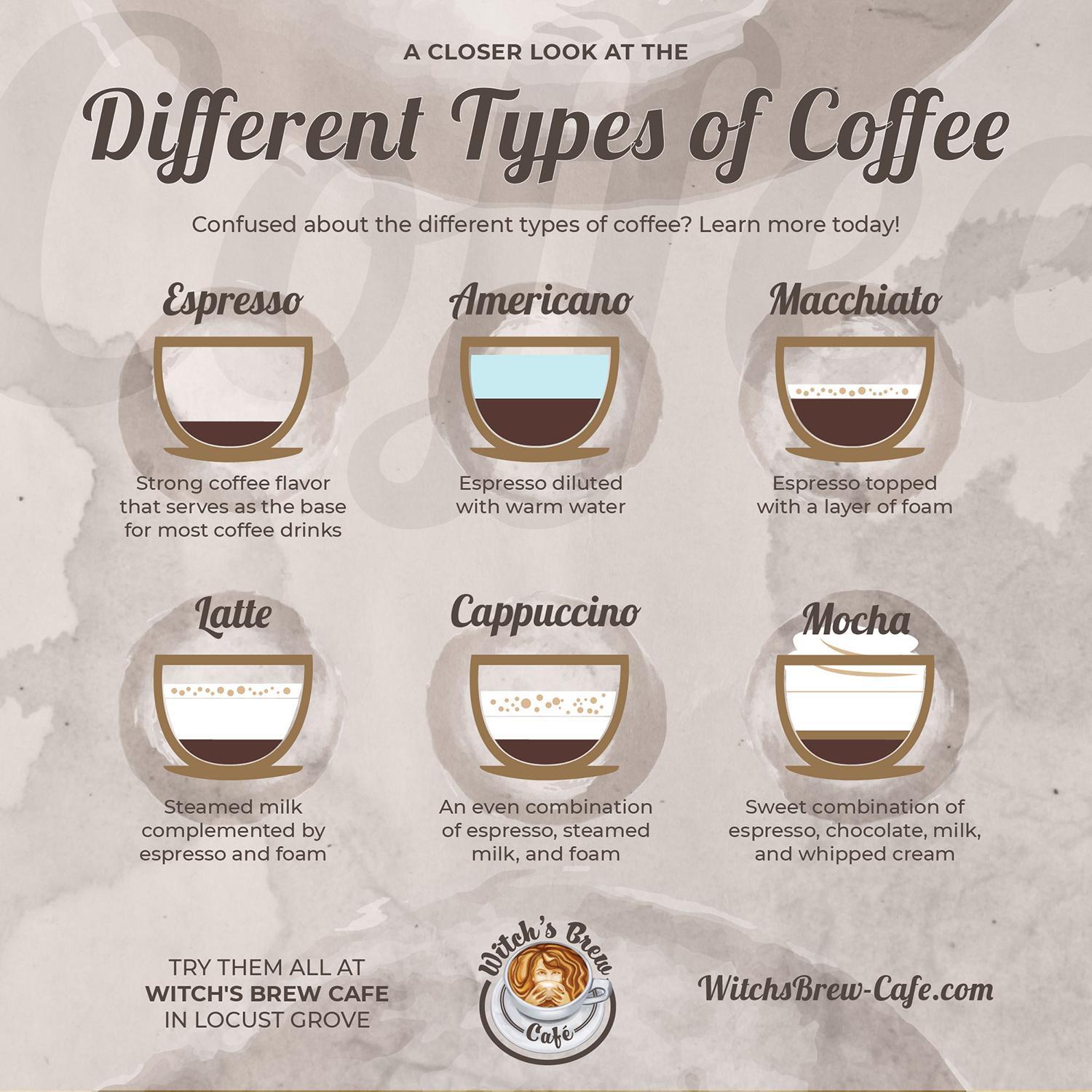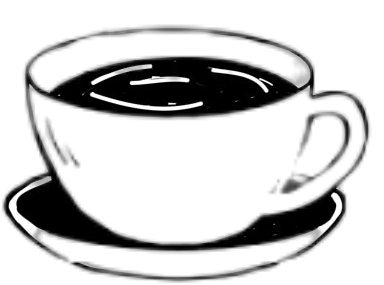
As a coffee enthusiast, I’ve always been curious: what truly sets coffee and espresso apart? Both drinks stem from the same coffee beans, yet their taste, texture, and caffeine content vary so much. After diving deep into this question, I’m excited to share the insights I’ve uncovered. Uncover the advanced capabilities of the Philips 5500 LatteGo review
Though coffee and espresso are made from the same beans—whether they’re Arabica or Robusta—their differences lie primarily in how they’re prepared, the size of the grind, and the brewing time. These factors directly affect their flavor profiles, texture, and caffeine levels. Whether you’re a casual coffee drinker or an espresso aficionado, understanding these distinctions can help you appreciate both beverages more fully. Get a closer look at the features of the Philips 5400 LatteGo review
The Core Difference: Brewing Method
The primary difference between coffee and espresso is how they are brewed, which greatly impacts their flavor, strength, and texture. Explore our top picks in the Best Automatic Espresso Machine review
Regular coffee is typically brewed using methods like drip coffee makers, pour-overs, or French presses. In these methods, hot water flows slowly through coarsely ground coffee beans. This slow extraction process takes several minutes and produces a mild, smooth cup of coffee that most people are familiar with. Find the perfect machine to beat the heat in the Best Iced Coffee Maker review
Espresso, by contrast, is brewed with pressure. An espresso machine forces nearly boiling water through finely ground coffee beans at around 9 bars of pressure. This high-pressure process extracts the coffee in just 25 to 30 seconds, resulting in a rich, concentrated shot of espresso. The unique brewing technique also creates crema, a golden-brown foam that adds to espresso's thick, velvety texture. Dive into the best options for making lattes in the Best Latte Maker review
In essence, while regular coffee feels like a leisurely, gentle soak, espresso is an intense, high-powered burst of flavor.
Grind Size and Coffee Preparation
Another key factor that differentiates coffee and espresso is the grind size. For regular coffee, a coarser grind is used since the water takes longer to filter through the grounds. A coarser grind ensures balanced flavor extraction without over-extracting and causing bitterness.
Espresso, on the other hand, requires a much finer grind. The water passes through the coffee grounds quickly under pressure, and the finer grind maximizes flavor extraction in this short brewing window. This is why espresso tends to have a more robust and intense flavor profile compared to regular coffee.
I still remember the first time I tried making espresso at home with a standard coffee grinder. The grind was too coarse, and I ended up with a weak, watery shot. It taught me just how crucial the grind size is to making a great espresso.
Taste and Flavor: Bold vs. Smooth
The taste of coffee and espresso varies widely. Coffee tends to offer a more mellow and smooth flavor. The slow extraction process allows for a balanced taste, with a lighter texture. Depending on the brewing method, you might experience anything from a floral light roast to a rich, smoky French press.
Espresso, however, delivers a much more concentrated flavor. It’s known for its bold, intense, and often slightly syrupy mouthfeel. Whether it’s earthy, nutty, or fruity, the flavors in espresso are sharp and pronounced. This intensity is why espresso is often enjoyed in smaller quantities or used as a base for other beverages.
Personally, I love savoring a leisurely cup of coffee in the morning, but when I’m in need of a quick pick-me-up, nothing beats the intensity of a shot of espresso.

Caffeine Content: Which Packs a Bigger Punch?
There’s a common belief that espresso contains more caffeine than regular coffee due to its strong flavor. While espresso is indeed more concentrated, the overall caffeine content depends on the serving size.
Espresso contains about 63 milligrams of caffeine per ounce, while regular drip coffee has around 95 milligrams in an 8-ounce cup. However, because espresso is served in smaller portions, a full cup of drip coffee typically delivers more caffeine overall.
For a sustained caffeine boost, I turn to a full cup of coffee in the morning. But when I need a quick burst of energy—usually in the afternoon—a shot of espresso is just right.
Crema: Espresso’s Signature Element
One of the most visually striking differences between coffee and espresso is crema. Crema is the golden-brown foam that sits on top of a well-made espresso shot. It forms when the pressurized water emulsifies the coffee’s natural oils.
This layer of foam adds a rich texture to the espresso and is often considered a mark of quality. Regular coffee doesn’t produce crema because the brewing methods lack the high pressure needed for its formation. For me, crema adds the final touch to a perfect shot of espresso, much like the icing on a cake.
Versatility: How Each Drink is Used
Another difference between coffee and espresso lies in their versatility. While regular coffee is typically enjoyed on its own or with a splash of milk or cream, espresso serves as the foundation for many popular drinks, such as lattes, cappuccinos, and macchiatos.
Espresso's concentrated flavor makes it ideal for mixing with steamed milk, foam, or water to create a wide range of beverages. I often experiment with different espresso-based drinks at home, adjusting milk ratios and flavors to suit my mood.
Final Thoughts: Coffee vs. Espresso
While coffee and espresso originate from the same beans, their different brewing processes, grind sizes, and flavor profiles make them unique experiences. Coffee is lighter and smoother, making it perfect for slow sipping, while espresso offers a bold, concentrated flavor in a smaller, quicker shot.
Ultimately, the choice between coffee and espresso comes down to personal preference. If you’re in the mood for something mild and easy-going, regular coffee is a great option. But when you’re craving something intense and packed with flavor, espresso is the way to go.
Now that I’ve explored the nuances of both drinks, I appreciate them even more. Whether it’s a smooth pour-over or a rich espresso shot, each has its moment.
